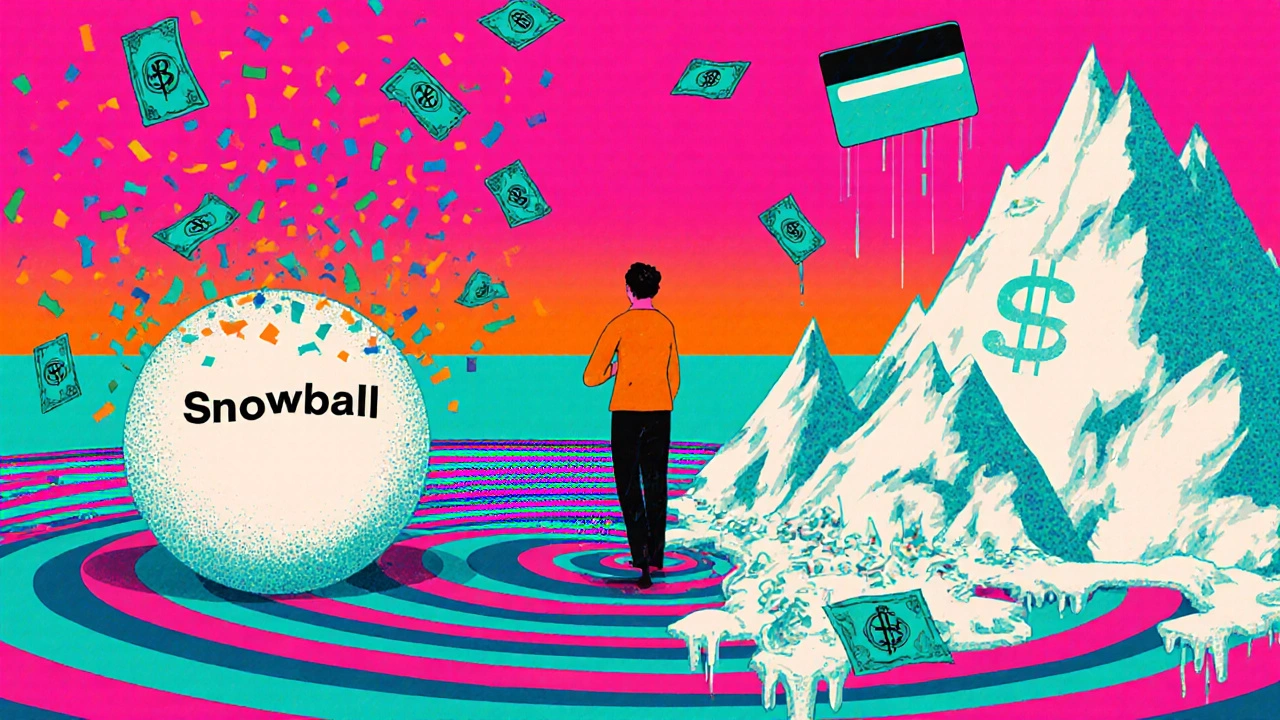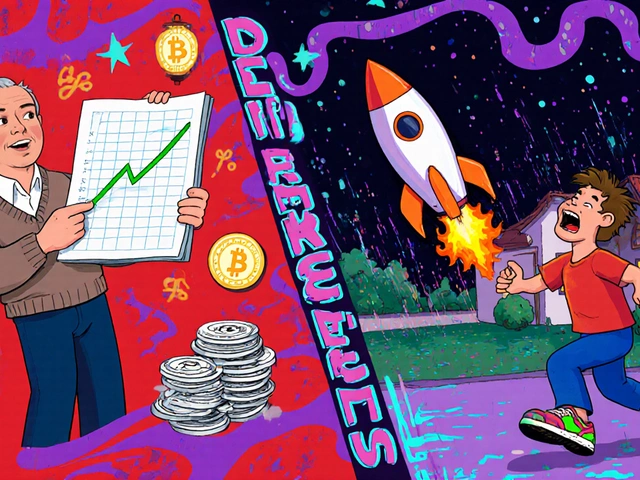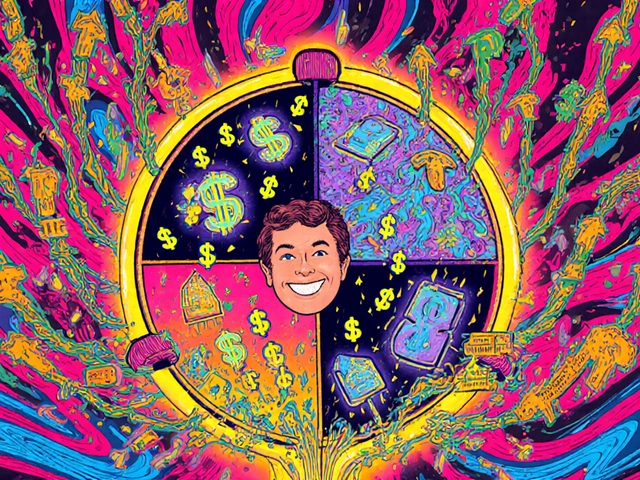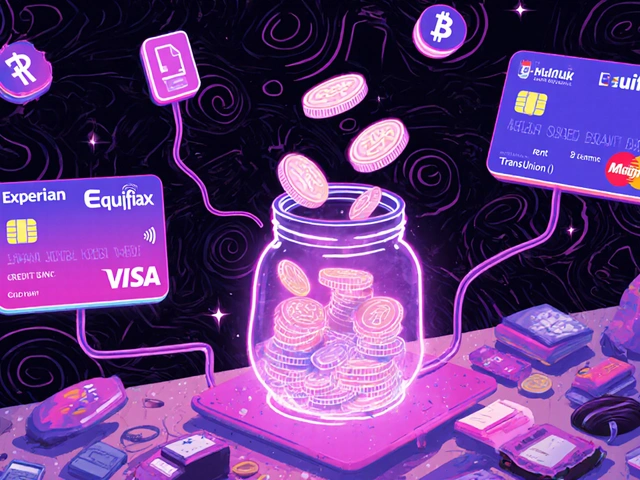Debt Snowball: How to Crush Debt Fast with This Proven Method
When you’re stuck in debt, the debt snowball, a debt repayment strategy that prioritizes paying off smallest balances first to build momentum. Also known as the psychological payoff method, it’s not about math—it’s about behavior. It works because it gives you quick wins, and those wins keep you going when the numbers alone would make you quit. Most people think paying off high-interest debt first is the smartest move—and technically, it is. But if you’ve ever tried to stick to a spreadsheet-driven plan and gave up after three months, you know math doesn’t always win against emotion.
The minimum payments, the smallest amount lenders require you to pay each month to avoid penalties are designed to keep you paying for years. A $5,000 credit card balance at 18% interest might take 22 years to clear if you only pay the minimum. The debt snowball, a debt repayment strategy that prioritizes paying off smallest balances first to build momentum flips that by attacking the smallest balances first—even if they have lower interest. You pay the minimum on everything else, then throw every extra dollar at the smallest debt. When that’s gone, you roll that payment into the next smallest. It’s like a snowball rolling downhill—each payoff adds more force to the next.
Why does this work better than the avalanche method, a debt repayment strategy that prioritizes paying off highest-interest debts first to save the most money? Because people don’t fail because they’re bad with numbers—they fail because they feel stuck. The snowball turns abstract goals into visible victories. Paying off a $300 medical bill in two months feels real. Paying off a $15,000 student loan in five years doesn’t. That feeling of progress triggers dopamine, which makes you more likely to stick with it. A 2013 study by the University of Chicago found that people using the snowball method were 2.5 times more likely to become debt-free than those using interest-first approaches, not because they saved more money, but because they kept going.
It’s not magic. You still need to stop adding new debt. You still need to track every dollar. But the snowball gives you a clear, simple path: list your debts from smallest to largest, pay minimums everywhere else, and crush the smallest one first. Then the next. And the next. No complicated formulas. No financial advisor needed. Just discipline and momentum.
You’ll find posts here that break down exactly how to start—how to organize your debts, how to find extra cash when you’re tight, and how to keep going when life throws you a curveball. Some show real examples of people who paid off $40,000 in three years. Others warn you about the traps—like using credit cards again after paying one off. There’s no fluff. Just what works, what doesn’t, and how to make the snowball roll faster.





